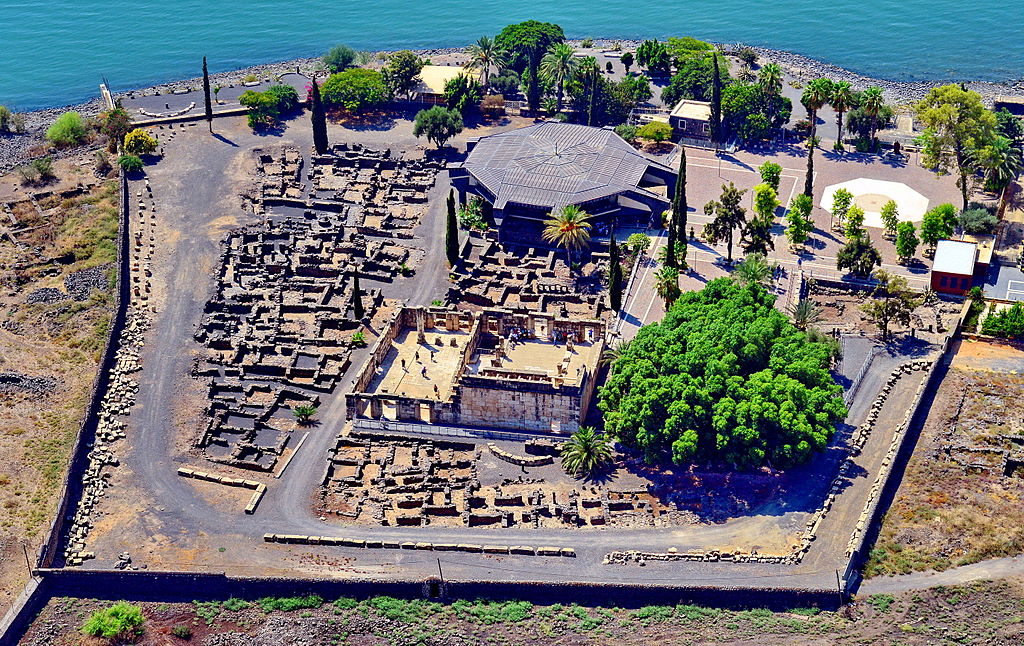Two sites could not be closer together. Within 100 feet of each other, an ancient synagogue stood next to the home of Peter the Apostle and other important early Christians.
Unless we are careful, those sites could still create great distance.
Sitting under the shade of a tree at the important site of early Christianity and rabbinic Judaism in the Galilee, our group of rising Christian leaders from the Stand and See Fellowship grappled with questions of similarity and difference. Our sibling religions remained close – physically, relationally, and spiritually for centuries after Jesus’ life and ministry. The interchange between them was demonstrably significant and probably even more intertwined than we can fully apprehend.
But the stories we told about similarity, tension, harmony, and difference could not have been more at odds with those of another group sitting under a similar tree but 100 feet away from us. I overheard their guide speaking simply of those who “accepted Jesus” and “those who rejected him” – a simple polarity of “good guys” versus “bad guys” that was a half step from explicit antisemitism. To that guide and that group that he led, those who “accepted Jesus” were 100 feet away from “those who rejected him.” It was a story of survival of the good people despite their proximity to the bad ones. It is little wonder that people could visit the Holy Land, fall in love with the modern State of Israel, and still come away sharing ancient anti-Jewish tropes or even espousing anti-Jewish hatred.
Alas, it is far easier to tell the story of “us versus them” or the “good versus the bad.” It is far harder to sit in the nuance, complexity, and uncertainty of difference that is not inherently bad. Of “good near good,” “different near different,” “family near family,” or “sibling near sibling.”
All the more reason that the Stand and See Fellowship is of great value at this time of rising antisemitism. In supporting nuance in the way a rising generation of Christian leaders understands the Holy Land, it also improves Jewish-Christian relations and delves into the core of our complicated history. Rabbinic Judaism and ancient Christianity share a family tree. They need not divide the trunk to branch out.

Joshua Stanton is Rabbi of East End Temple in Manhattan and the Director of Leadership Formation at CLAL – The National Jewish Center for Learning and Leadership. He serves on the Board of Governors of the International Jewish Committee for Interreligious Consultations, which liaises on behalf of Jewish communities worldwide with the Vatican and other international religious bodies.

